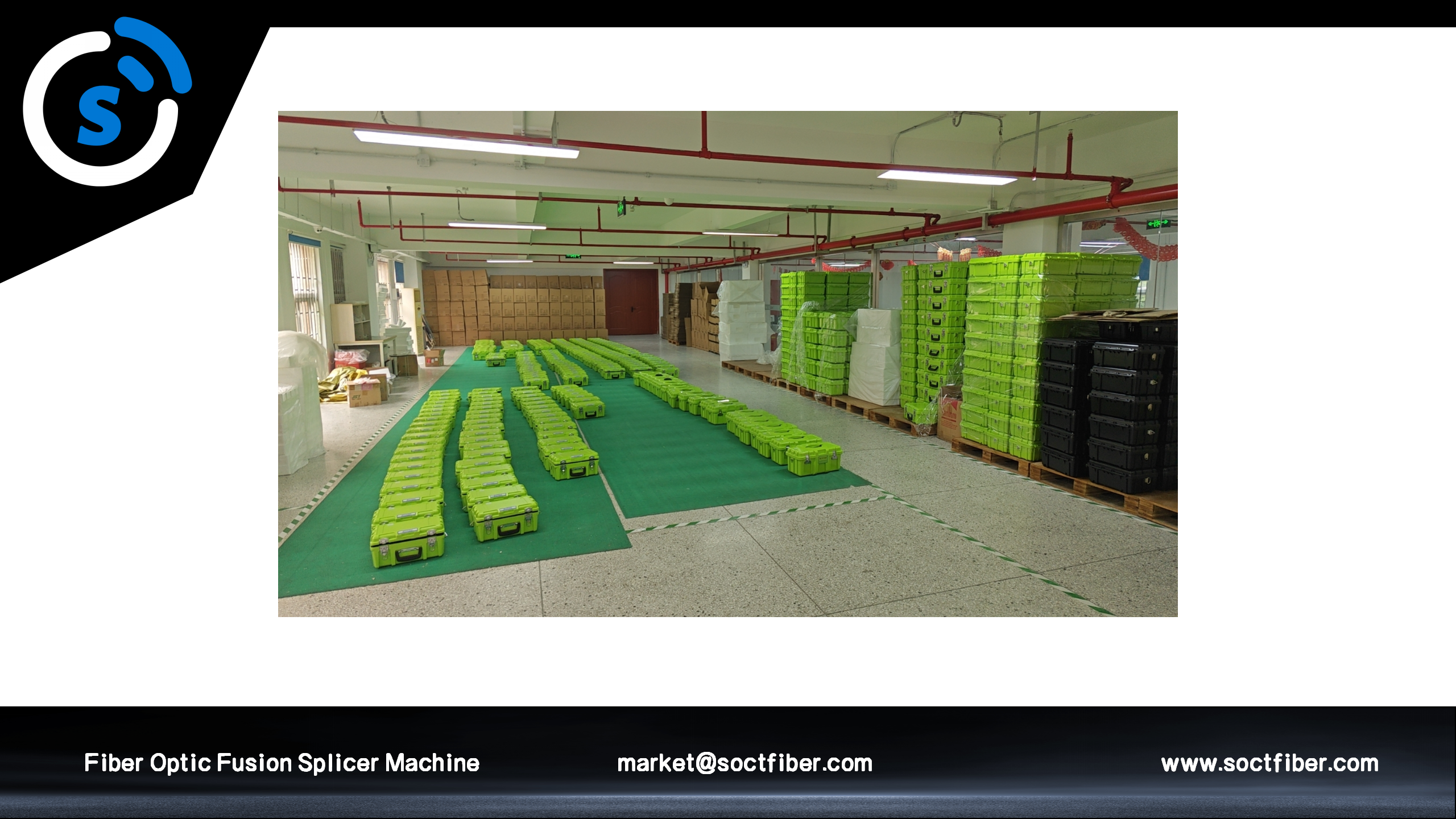fusion splicers
A fusion splicer is defined as a precision instrument used to joint two optical fibers without any loss of signal. The primary function is that the fusion splicer heats and melts the two fiber ends, fusing them seamlessly into one long smooth continuous connection. This enables light to pass without disruption all along a line extending from just near you to its destination far away. It incorporates such technical features as an advanced fiber alignment system, high-resolution imaging for accurate core alignment, an electroptic system to control the fusion process accurately and a smart clamp out of which splices steady fibers. Good applications cover a wide area, including telecommunications, fiber to the home installations, data centers, and cable manufacturing. With their advanced technology, fusion splicers ensure cutting edge strength and minimal loss connections--and are thus essential for maintaining both the integrity and efficiency of fiber optic network.More: 7 Useful Language Features In OpenAI's GPT-3 For Content Marketers


